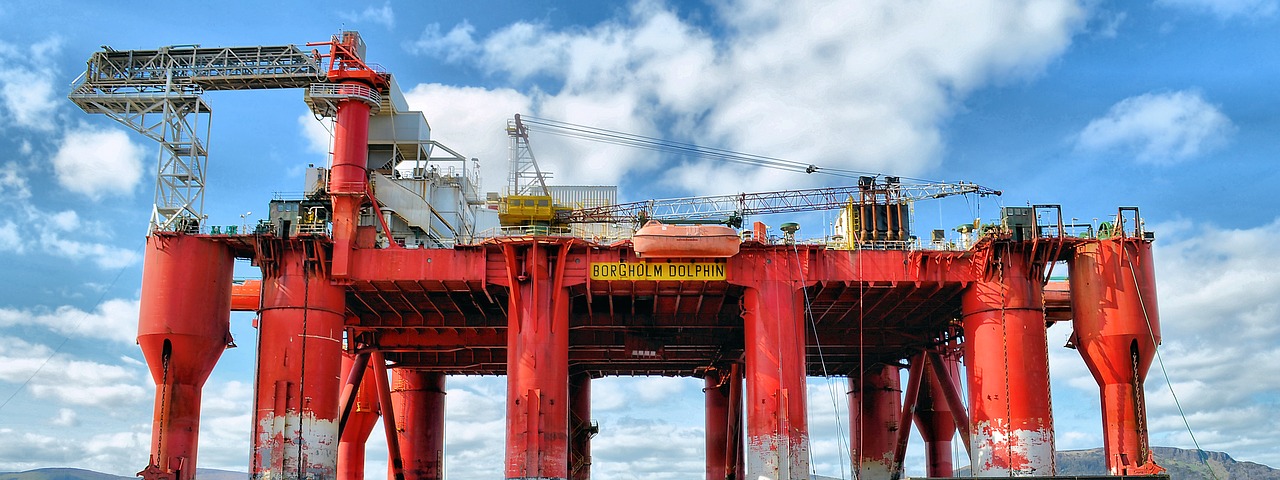Listen to this podcast on our site by clicking here or subscribe on iTunes here.
While oil prices trade above $60 a barrel, up over 40% from their June 2017 lows, energy stocks have languished. Why the disconnect and will this persist?
[timeless]
Check out our H2 hedge fund letters here.

This time on Financial Sense Newshour, we spoke with Dan Steffens from Energy Prospectus Group to get his outlook on the energy sector, US shale production, and concerns over peak oil demand.
US Shale Production Fears Overhyped
With both the EIA and IEA projecting for the US to produce more oil than Saudi Arabia next year, some are concerned that this will set a cap on oil prices and hamper gains for energy-producing companies as a whole.
This isn’t as big an issue as some fear, Steffens said, because demand for oil is going up by 1.5 million barrels a day per year, and he expects it to rise still higher from there.
Also, it’s important to keep in mind that shale oil production tends to drop off precipitously. Horizontal wells will decline at a 30 to 40 percent rate per year, Steffens noted.
“I think we’re going to see an increase in demand from the first quarter to the second quarter of about 2 million barrels a day as we come out of the winter driving season,” Steffens said. “I’ve been watching EIA for a long time. … The math just doesn’t work. Sooner or later, you just can’t drill enough new wells to make up for the decline in older wells. I think that’s going to come into play in about a year or so.”
Further Catalysts for Energy Stocks
“The global economy’s growing,” he said. “We’re in an economy that is very dependent on a steady supply of this stuff, and we’re below the 5-year average on days of supply.”
There are also price catalysts to consider. While Steffens isn’t as worried about shale keeping a lid on prices, some are concerned about OPEC’s production cutback agreement expiring this year. This isn’t really a problem, however.
First, it would be a bad decision for the cartel to immediately start flooding the market with increased production. In addition, Steffens doesn’t think they have the excess production capacity. Those countries that can cheat would cheat, but that’s not what we’re seeing.
“I think they’ve learned their lesson,” Steffens said. “They were the biggest losers when the price went way below $40. I honestly think when they started this, they expected the price to level off at $60 for a while, and they thought that would be enough to put the fear of God in the shale players. But it’s just kept going, and they’ve lost.”
Are We At Peak Demand?
Some believe renewables and electric cars are going to eat up demand for oil, and the IEA has projected that sometime next decade, demand is going to peak.
This fear is also exaggerated, Steffens stated. Demand for electric cars is limited, as they are still too expensive, and the battery problem needs to be solved first before electric cars make a big dent in oil demand.
Currently, Steffens sees a lot of great value in energy stocks. The low tax rates have helped their bottom lines tremendously, and oil above $60 is supportive, he noted.
Demand for renewables “is going to increase, there’s no doubt about it,” Steffens said. “But the pie just keeps getting bigger. … I think we’re going to be very happy we have the technology because, at some point in time, these shale plays are going to level off just like everything else. The shale is the source rock. After we pull the oil out of the source rock, there’s not a lot left.”
For more information about Financial Sense® Wealth Management and our current investment strategies, click here. For a free trial to our FS Insider podcast, click here.
Article by Financial Sense

